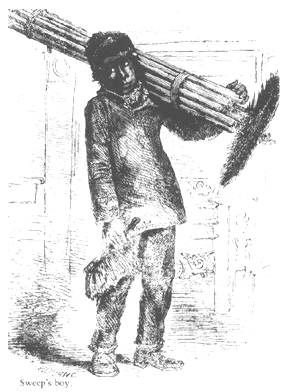 One of the books that I am currently reading is Julie Flavell’s When London Was Capital of America (Yale University Press, 2010). It’s one of those books that allows you to shift perspective on an important period in American history. In this case Flavell pushes her readers to acknowledge the political and cultural significance that London held for many Americans in the last decade before the Revolution. I always remind my students that our tendency to view the colonists as Americans in waiting obscures the extent to which they tried desperately to remain British. This book is fleshing out that idea for me.
One of the books that I am currently reading is Julie Flavell’s When London Was Capital of America (Yale University Press, 2010). It’s one of those books that allows you to shift perspective on an important period in American history. In this case Flavell pushes her readers to acknowledge the political and cultural significance that London held for many Americans in the last decade before the Revolution. I always remind my students that our tendency to view the colonists as Americans in waiting obscures the extent to which they tried desperately to remain British. This book is fleshing out that idea for me.
Chapter 2 focuses on the challenges that slaveowners experienced when bringing their property to the metropolis. American slaves were exposed to an entirely new set of conditions and influences, which, in turn challenged and reshaped the master-slave relationship. Flavell structures this chapter around Scipio, who was the slave of Henry Laurens of South Carolina. Scipio changed his name to Robert upon arrival in England. The author uses Robert to discuss stories of runaway slaves as well as the Somerset trial, which resulted in the freedom of one slave. None of this is new to me. What is new to me is Flavell’s discussion of the influence of poor/destitute whites on the perceptions of American slaves:
Back in the colonies there was nothing to equal what Robert saw. What buildings, what monuments, what dress, display and equipage! The townhouses and the plantations of the Carolina rich only gave a foretaste of the reality. But at the same time – what poverty, what deprivation! Even the slave quarters at home probably did not prepare him for what he encountered on his solitary perambulations through the Great City.
What he saw were some of the poorest white people in the empire, degraded, half-starved, stinking and desperate, stripped of all dignity, people whose conditions was enough permanently to change his idea of the white race. ‘[T]hey learn here to despise whites.’ So wrote a West Indian planter of the plantation slaves who were brought to London.
This got me thinking about the extent to which such an analysis may apply to the thousands of slaves, who were present in the Confederate army as personal servants and impressed workers. We’ve discussed how different roles played by slaves in the army challenged and shaped the master-slave relationship, but how did the sight of poor whites contribute to this dynamic? The sight of poor whites and yeoman farmers following orders and, at times, living in squalid conditions may have been a shock for slaves. More specifically, the strict discipline imposed on enlisted men by officers, who were also their social and political superiors in peace time may have challenged slaves’ assumptions about their own place within the antebellum racial hierarchy. How often did slaves see the kind of wartime discipline imposed on white men by other whites before the war? I think this is something that needs to be analyzed much more extensively.
Just a few thoughts on this beautiful Sunday morning.
I’m not a historian, and this is just my opinion. I think the key phrase in this excerpt is “They learn here to despise whites.” My own feeling is that they were probably asking themselves if whites were willing to treat their poorest brethren in such a manner, was it any wonder that slaves were treated the same or worse? And yet, I would venture to say that if any of those slaves who visited London or were impressed into service in the Civil War were asked to choose between slavery and freedom, there would be no question of the answer. I agree that the subject deserves in depth research. It would make a fascinating read.
You are probably right, John. I am more interested in how these perceptions may or may not have affected the way slaves (and even free blacks) viewed the white race.
Whoa. Man, that is an interesting question. Wish I hadn’t had a couple of glasses of wine before I read it. Could such exposure have led a sensible slave to conclude that freedom wasn’t necessarily the solution to his condition? I mean, you could be a free white man and have virtually nothing–and this, without even another white man that at least had a financial interest in your continuing to bump along the bottom.
So this makes me wonder: how did the powerful articulate the distinction between slaves blacks and poor free whites other than pointing out that one was “free” and the other was not? Were there ever any instances in which someone specifically argued for the need for a program to widen the gap between them by assisting poor whites?
Great questions, but I doubt that I will find anything that explicitly addresses your points. Body servants were known to wear uniforms, some of which were provided by their owners/officers while others were able to purchase them as a result of work done in camp. Some officers viewed this as inappropriate because it blurred the distinctions between white and black. That’s just one example.